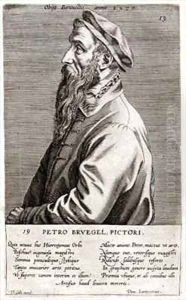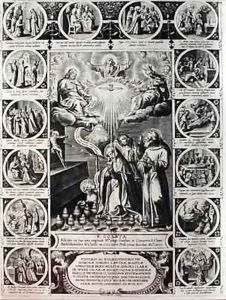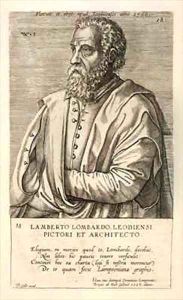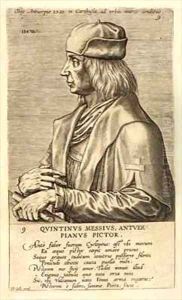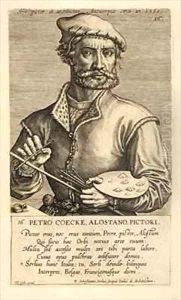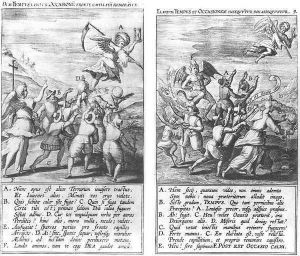Theodor Galle Paintings
Theodor Galle was a notable Flemish engraver, born in 1571 in Antwerp, a city that was a vibrant center for the arts during the Dutch Golden Age. He was part of the Galle family, a dynasty of artists and engravers that played a significant role in the development of printmaking in Europe. His father, Philip Galle, was also a prominent engraver and publisher, providing Theodor with an environment steeped in the tradition of the visual arts from an early age. This familial background offered him not only training but also an extensive network in the art world of the time.
Theodor Galle's work is characterized by its meticulous detail and the incorporation of complex, often allegorical, themes. He worked closely with some of the leading painters of his time, translating their paintings into engravings that could be more widely distributed. Among these collaborations, his works with Jan Brueghel the Elder are particularly notable. These engravings helped disseminate the styles and themes of the Flemish Renaissance to a broader European audience, playing a crucial role in the period's artistic exchange.
Galle's engravings covered a wide range of subjects, including landscapes, portraits, religious themes, and allegorical scenes. His skill in capturing the nuance of light and shadow, as well as his ability to convey intricate details, made his engravings highly sought after. Beyond his technical prowess, Galle’s works are appreciated for their contribution to the visual culture of his time, providing insights into the societal, religious, and philosophical preoccupations of the late 16th and early 17th centuries.
Despite the prominence of his work during his lifetime, Theodor Galle's contributions have been somewhat overshadowed by other artists and engravers of his era. Nonetheless, modern scholarship has begun to reevaluate his impact, recognizing him as a key figure in the history of printmaking. His engravings not only showcase the artistic achievements of the Flemish Renaissance but also highlight the importance of printmaking as a medium for artistic expression and communication during this period. Theodor Galle passed away in 1633, leaving behind a legacy that continues to be appreciated for its artistic and historical significance.
